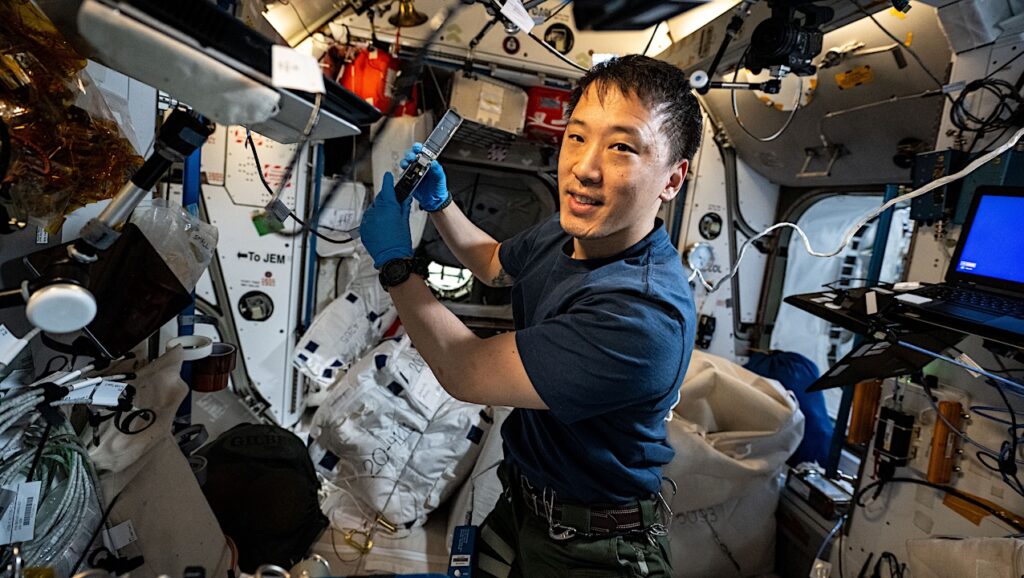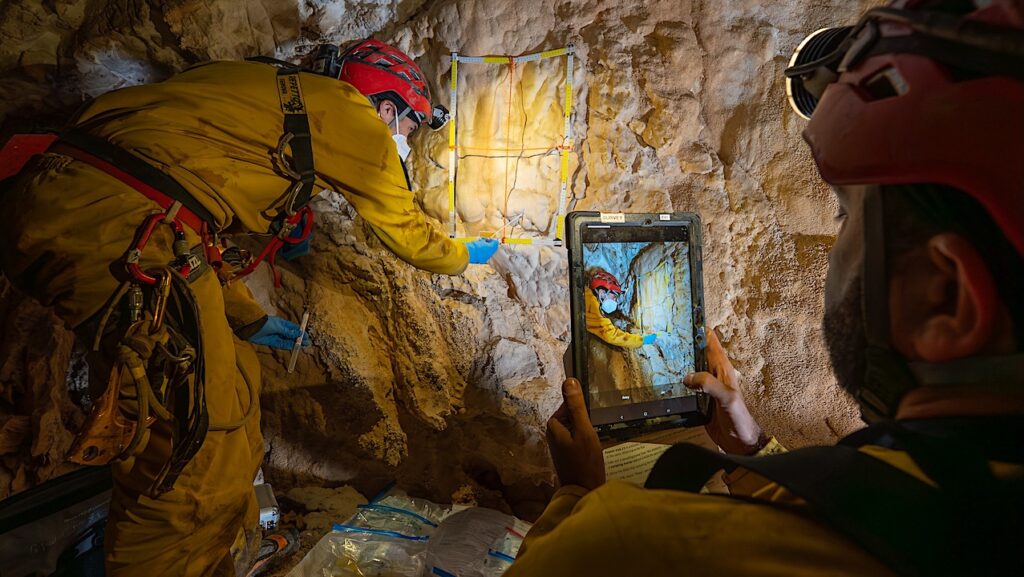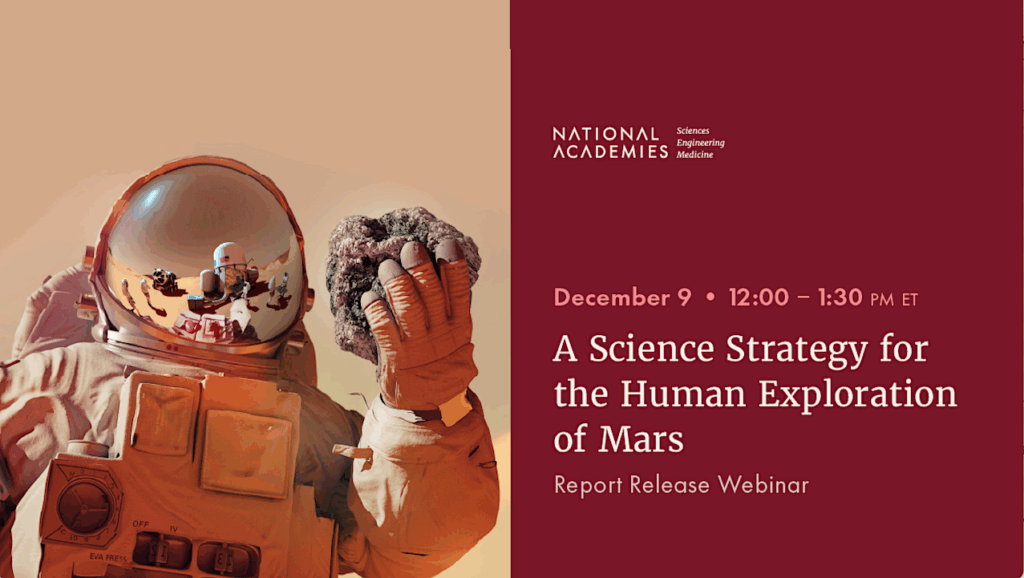Tricorder Tech: Smart Phones And Watches In Space Will Help Monitor Astronauts’ Body Composition

A University of Hawaiʻi Cancer Center researcher, in partnership with NASA, will measure the body shape and mass composition of astronauts in space. John Shepherd and his team will use 3D optical cameras and smart watches as part of the Polaris Dawn human spaceflight mission scheduled to launch in April.
Working with the NASA Human Research Program’s partner institute, Traditional Research Institute for Space Health (TRISH) and SpaceX, a spacecraft manufacturer, the UH team was awarded $150,000 for the one-year project that aims to mitigate the risk of muscle loss in astronauts who set out for longer space missions, and provide feedback and countermeasures to best maintain their functional health. The project builds on previous research conducted by Shepherd’s team for the ASTRO-3DO study.
Currently, a viable method to accurately measure body composition in space, or at the bedside for cancer patients, has not been achieved due to limitations in body composition technology.
“Astronauts, like many cancer patients, are susceptible to muscle wasting and obesity,” said Shepherd. “With the rapid advancement of 3D imaging, these cameras are available on smartphones! Wearables like smart watches have also advanced to provide a broad spectrum of health-related measures. This gives everyone the potential to quantify themselves and monitor their health like never before.”
Shepherd’s team will monitor astronauts’ body composition and hydration levels using the combination of an Apple iPhone 12 Pro and a Samsung Galaxy Watch5. The iPhone is used for its depth camera technology to capture the 3D body shape and volume of astronauts, while the Watch5 estimates total body water and hydration levels. The team aims to use these technologies to derive body composition using multi-compartment modeling, the most advanced method of quantifying body composition.
Shepherd also hopes to use similar technology combinations to develop diet and physical activity plans for cancer patients who are undergoing chemotherapy to help them reduce fat and maintain muscle.
“I’m hopeful that our team can provide significant feedback to maintain the health of astronauts using cost-effective technologies that are readily available in phones and watches many people already have,” said Shepherd.
Related story: Garmin smartwatches reach new heights with Polaris Dawn space mission, SpaceRef
Astrobiology, Away Team, Tricorder,








